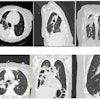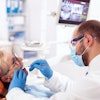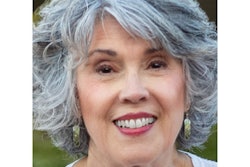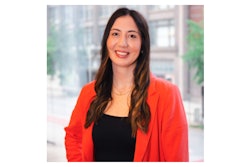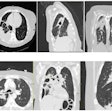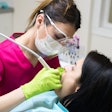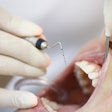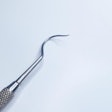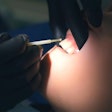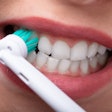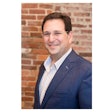When we talk about raising the standard of care in our operatories, the conversation often focuses on the newest technologies, updated protocols, or clinical evidence. Those are all important. But in reality, the standard we set every day begins with something more fundamental -- alignment between the hygienist and doctor, between the clinical and administrative teams, and between the practice and the patient.
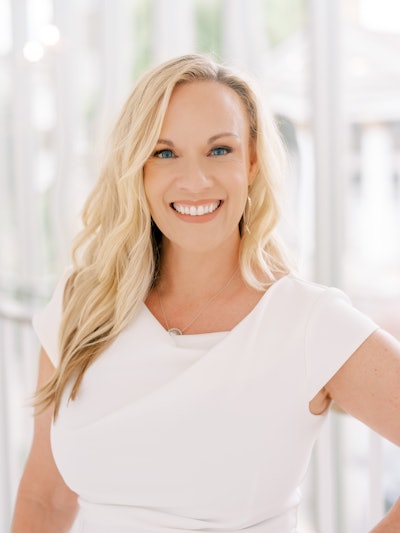 Kelly Tanner, PhD, RDH.
Kelly Tanner, PhD, RDH.
Many hygienists know the frustration of presenting a recommendation to a patient only to have the doctor step in and dismiss it in front of them. In that moment, the hygienist and the patient lose confidence.
The message becomes muddled and case acceptance drops. While these situations are discouraging, they are also an opportunity to reset how we work together.
Setting a standard in your operatory is not just about clinical excellence, it’s about creating clarity and consistency that allows patients to feel confident in the care they receive.
Leading from your chair
Leadership in dentistry is not reserved for those with a title. Hygienists lead every day from their operatories by deciding what kind of care they will provide and how they will communicate it. That leadership begins with owning your protocols -- whether for caries risk, periodontal therapy, or preventive strategies -- and being intentional about the language you use.
Too often, we minimize findings with phrases like, “You just have a little bleeding.” To a patient, that sounds insignificant, even though it signals disease. When we choose stronger, clearer language, we elevate the conversation and give patients the information they need to act.
Importantly, this isn’t “selling.” It’s educating. Patients cannot value or accept what they don’t fully understand. When we reframe recommendations as education rather than persuasion, we not only build trust, we also protect the integrity of our profession.
Finding alignment with your doctor
Of course, clarity in your operatory only works if it aligns with the philosophy of your doctor. If you are finding repeated disconnects in the way treatment is approached, it is important to bring those moments into conversation.
Document the cases where you and your doctor were not in sync, then request time to review them together. A simple opening like, “Nothing’s wrong. I just want to align on this case so I can learn from you,” helps diffuse tension and creates a collaborative atmosphere.
Protecting this time is critical. Whether it’s a 30-minute conversation over lunch or a review session with radiographs, the investment pays off. By anchoring these discussions in evidence-based protocols (like CAMBRA assessments or minimally invasive approaches), you create a shared standard that can guide both of you moving forward. That alignment, once established, turns frustration into confidence, and patients notice the difference.
Speaking the same language
Even the best clinical alignment can be undermined if the team isn’t speaking consistently. One of the most common breakdowns I see in practices is inconsistency in terminology. A patient might hear “preventive care” in the operatory, then “cleaning” at the front desk. They may be told about “periodontal therapy” by the hygienist, but “deep cleaning” when they check out. These shifts in language may seem small, but they create confusion and erode trust.
The solution is to standardize terminology across the practice. This doesn’t have to be complicated. Sometimes it’s as simple as gathering the team around a whiteboard and deciding what words will be used consistently. When the entire team speaks with one voice, patients hear the same message in every interaction, which increases clarity and strengthens case acceptance.
Keeping the patient at the center
At the heart of setting the standard in your operatory is the patient. Patients cannot make good decisions without understanding both their risk factors and the consequences of inaction. This means going beyond a quick mention of a nightguard or scaling procedure. It means showing them what enamel thinning looks like, explaining the long-term effects of bruxism, or clarifying why xerostomia-inducing medications elevate caries risk.
When patients see the connection between your findings and their future health, they begin to value preventive and minimally invasive approaches. Instead of waiting until a cavity forms, they understand why remineralization therapy or risk-based protocols matter now. By educating patients in this way, you give them ownership of their health, and you reinforce the standard you’ve set for your operatory.
Building a high-performance team
Ultimately, what happens in your chair impacts the entire practice. I like to think of a high-performance team as a triangle. At the base is the hygienist, leading with clarity in the operatory. One side represents the team, unified in language and patient handoffs. The other side represents the practice, providing systems and support that reinforce these standards. Together, the structure is strong.
But strength requires intention. It requires individuals to step into leadership, doctors and hygienists to align on philosophy, and teams to commit to consistency in communication. When these elements come together, patients feel cared for, confident, and ready to move forward with treatment. And when that happens, the practice thrives.
Setting the standard in your operatory is not about perfection. It’s about creating a consistent experience -- one that patients can trust, teams can sustain, and practices can build on. It begins with you, but its impact extends far beyond your chair.
Kelly Tanner, PhD, RDH, is a contributing author to DrBicuspid, where she shares insights and strategies to empower dental hygienists in their careers. As a leader in clinical training, professional development, and team dynamics, Tanner provides resources to help hygienists elevate their practice and personal growth. For further support, join her free Facebook group, Next Level Dental Hygiene Career and Personal Development, and explore group training and on-demand courses at www.nextleveldentalhygiene.com.
The comments and observations expressed herein do not necessarily reflect the opinions of DrBicuspid.com, nor should they be construed as an endorsement or admonishment of any particular idea, vendor, or organization.

